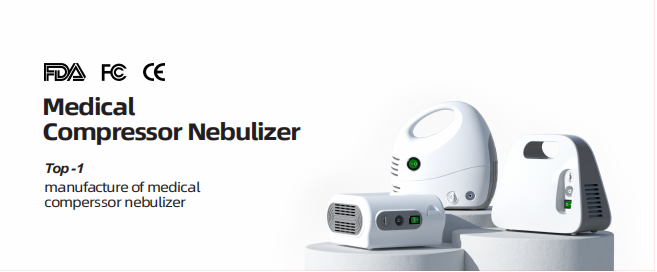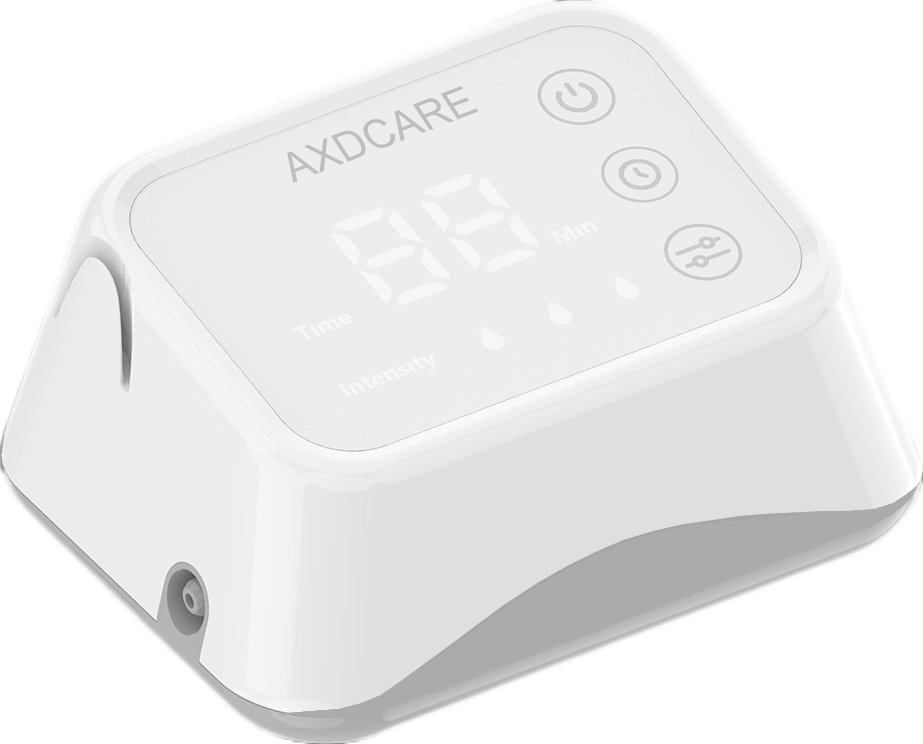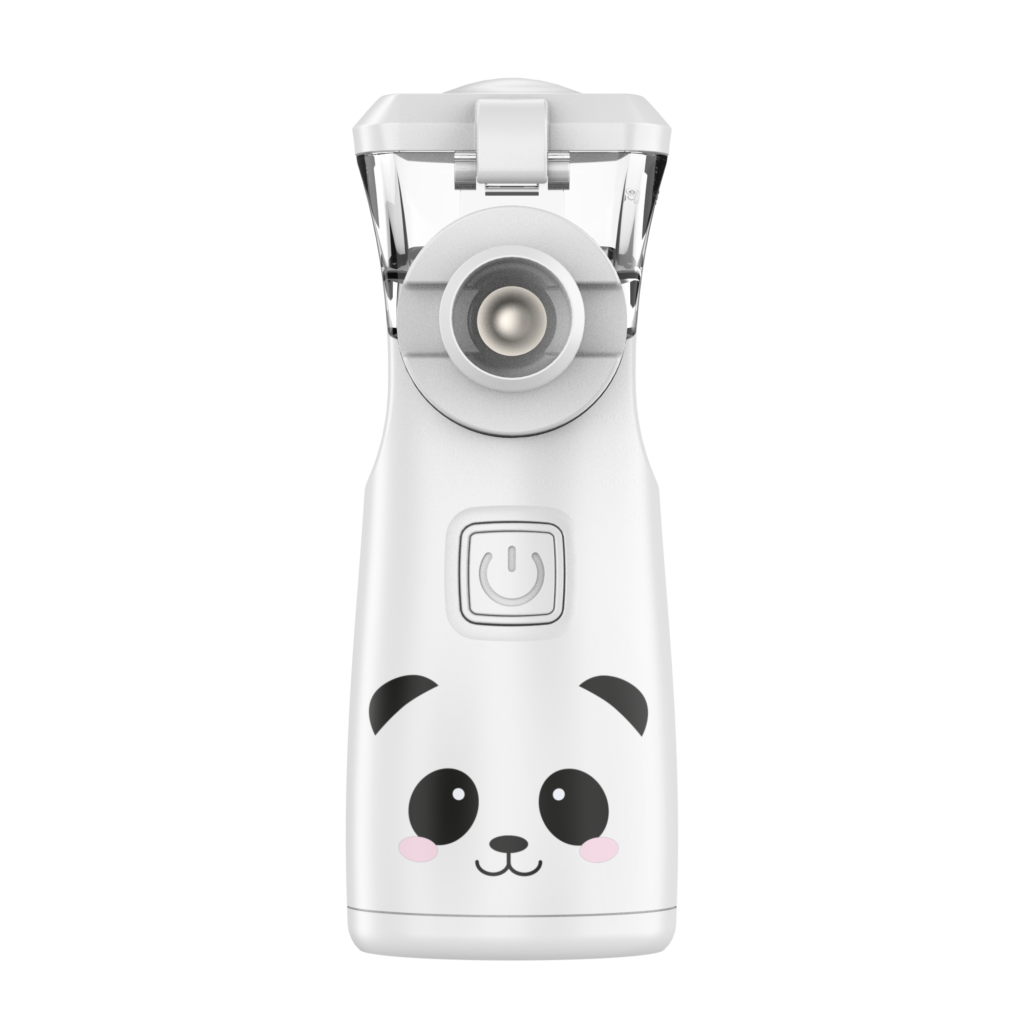I. Introduction
Atomizers play a crucial role in modern healthcare, especially when it comes to treating respiratory diseases. They have become an essential device for both medical professionals and families dealing with respiratory issues.

II. Types and Features of Atomizers
A. Compressor Nebulizers

These atomizers work on the principle of compressing air to transform liquid medicine into a fine mist. The nebulized particles are generally small, typically within 5μm, enabling them to reach the lower respiratory tract effectively. This makes them suitable for a wide range of respiratory ailments such as asthma and bronchitis. However, they do come with some drawbacks. For instance, they tend to be relatively bulky in size and produce a relatively high level of noise during operation. Renowned brands like Yuwell and Omron offer reliable compressor nebulizers in the market.
B. Ultrasonic Nebulizers
Ultrasonic atomizers utilize ultrasonic waves to vibrate the liquid medicine, forming aerosol particles. They are known for their high output of mist volume. Nevertheless, the particle size is usually larger, around 8μm on average, which means they are more commonly used for treating upper respiratory tract conditions. One of the concerns with ultrasonic nebulizers is that they may heat up the liquid medicine during the process, potentially affecting the stability of the drug. Brands like Bonajour min Air360+ ultrasonic nebulizer can serve as an example to illustrate its characteristics.
C. Mesh Nebulizers

Mesh nebulizers operate by using piezoelectric transducers and ultrasonic oscillation sheets to force the liquid medicine through tiny mesh holes, creating nebulized particles. Their standout features include portability, quiet operation, and battery-powered convenience. However, they also face challenges like limited driving force, small medicine cup capacity, and a susceptibility to clogging. The Lepu Golden Chip Mesh Nebulizer, for example, employs aviation-grade polymer material for its nebulization sheets, which are less prone to clogging and offer three levels of mist volume adjustment.
III. Considerations for Purchasing Atomizers
When looking to buy an atomizer, it is of utmost importance to choose a reliable purchasing channel and pay close attention to the Chinese label information provided with the product. The diameter of effective nebulized particles should fall within the range of 0.5 – 10.0um, with 3 – 5um being considered optimal. Depending on the user group and application scenarios, different factors need to be taken into account. For home use, a cost-effective and easy-to-operate model might be preferable. When it’s for children, aspects such as the quality and comfort of the face mask, as well as the adjustability of the mist volume, should be given priority. For those who need to use it outdoors, portability and battery life become the key considerations.
IV. Precautions for Using Atomizers
Before using an atomizer, users must read the product instructions carefully to ensure correct operation. In the case of pediatric aerosol therapy, special attention should be paid to the cooperation level of children of different ages and the appropriate type of atomizer. For children under 3 years old, a mask-type aerosol inhaler is generally recommended. During the treatment process, correct postures, inhalation methods, and precautions to avoid getting the medicine into the eyes are crucial. After the treatment, proper cleaning and disinfection of the atomizer are necessary to prevent cross-infection.